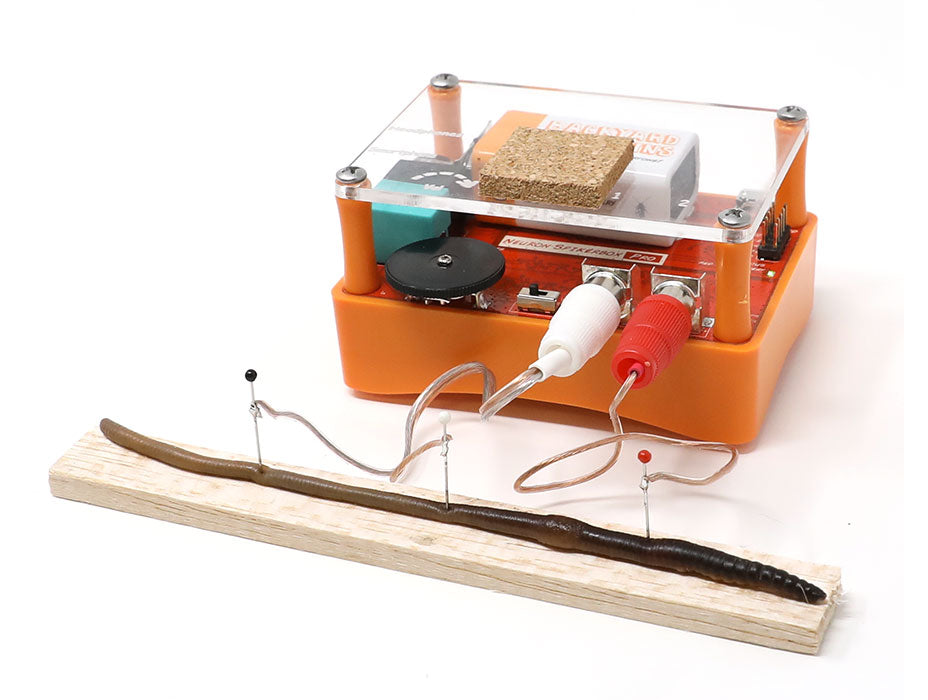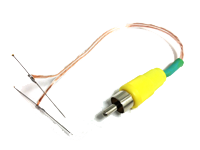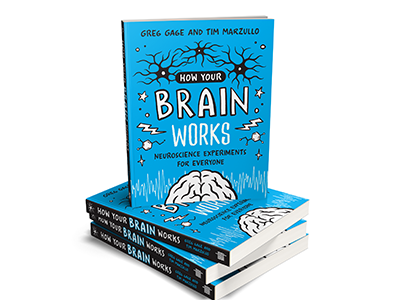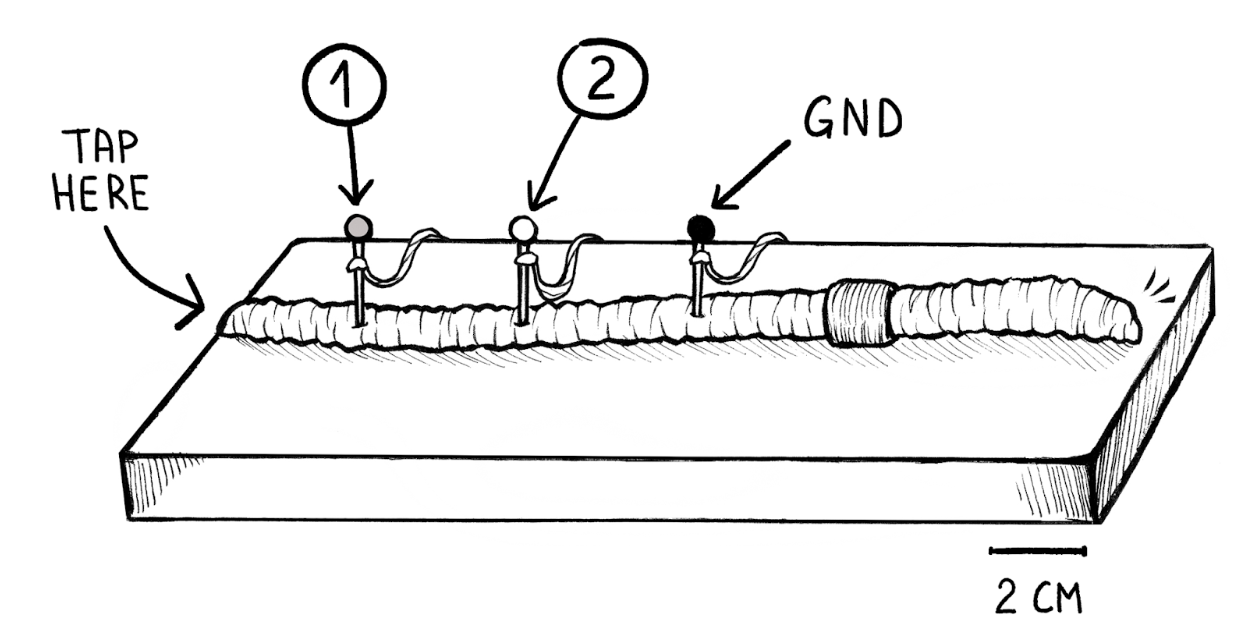
How Fast Are Neurons?

Ever wondered how quickly a nerve impulse travels? In this experiment you’ll measure conduction velocity—the speed at which spikes race along an axon—using the earthworm’s giant fibres as your model.
About experiment
What Will You Learn?
- How to calculate conduction velocity from dual-channel recordings.
- How to set up a two-electrode neurophysiology rig on an earthworm.
- How signal speed varies across organisms and conditions.
Background
The nervous system is fast, but not instantaneous. To discover how fast, we need both the distance a spike travels and the time it takes to get there. Earthworms are perfect for this: their long bodies house three giant axons that carry large, easy-to-record spikes.
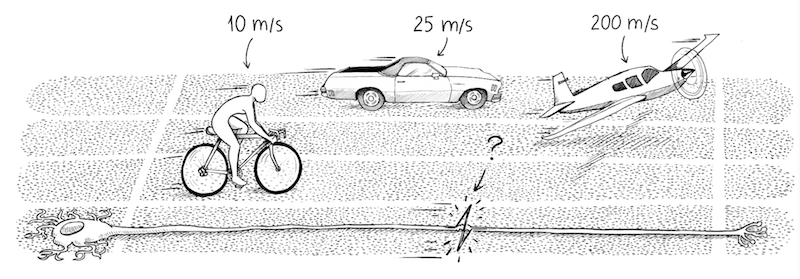
Experiment

Measuring Conduction Velocity in an Earthworm
Materials
- Live night-crawler earthworm
- 10 % ethanol solution (anaesthetic)
- SpikerBox with three pin electrodes
- Balsa wood, cork, or Styrofoam base
- Ruler (to measure electrode spacing)
- Plastic probe or coffee stirrer
Setup
- Anaesthetise the worm in 10 % ethanol for 3–4 min. Do not exceed this—alcohol can kill the worm.
- Place the worm dorsal-side up on your base and insert the three pins along the midline: Channel 1, Channel 2, then ground. Space Channel 1 and 2 about 2.6 cm apart and note the exact distance.
Recording
- Tap the posterior end with the plastic probe to elicit a single spike that travels down the median giant axon.
- Observe the spike first on Channel 1 and moments later on Channel 2.
- Record several trials for a robust average.
Results & Analysis
Measure the latency between identical spikes on Channels 1 and 2. Divide the electrode spacing by this time difference to calculate conduction velocity:
Velocity = Distance / Time
Does speed vary between taps or between worms? Compare your numbers to other classes—or even to mammalian nerve-conduction data—and discuss why they differ.
What do you need?
-
Related Products


